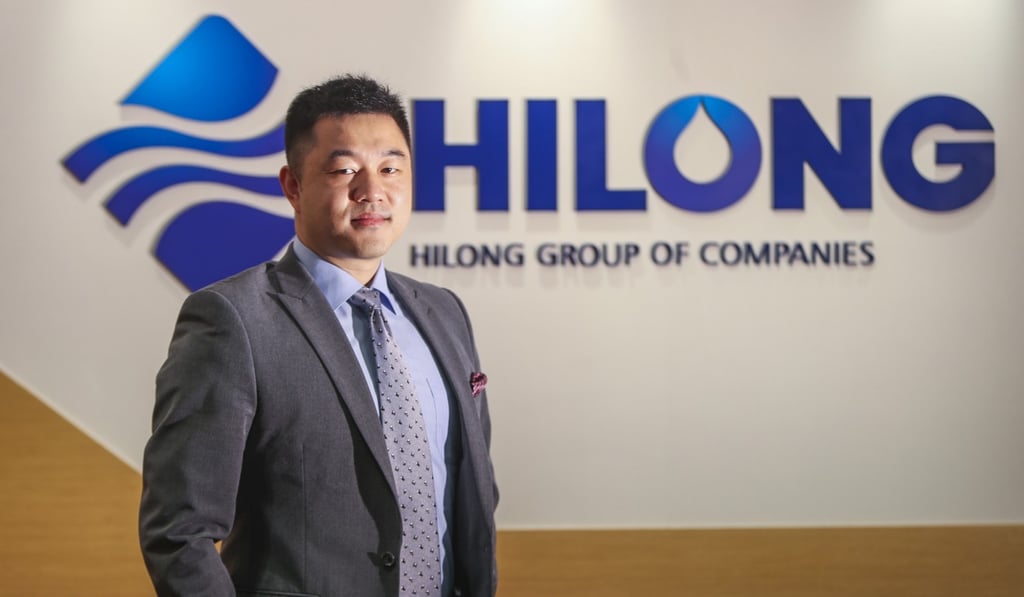How a Chinese company targeted by US tariffs for the last 10 years has adapted and thrived
- Hilong Holding changed US business model and looked to newer markets after being hit by anti-dumping duties
- Hong Kong-listed provider of oilfield equipment and services now tapping opportunities opened up by Xi Jinping’s Belt and Road Initiative

Hilong Holding, the world’s second largest supplier of steel pipes used in oil and gas drilling experienced in adapting to US tariffs by turning exports to leasing, says diversification is key to dealing with the US-China trade war.
Drill pipes, which connect the surface drilling equipment to the drill bit, are made with so-called seamless steel that does not have a weld-joint thanks to a unique production method. They must be strong enough to withstand pressure differences inside and outside the tube and to transfer drilling torque thousands of metres down into the Earth’s crust.
The global market, worth around US$1 billion a year, is dominated by four players led by a US firm.
“Hilong has been subject to US anti-dumping duties on Chinese seamless steel pipes since 2009, so it has not been a major market for us for a while,” said Tang Qiyan, senior assistant to the chairman. “In recent years we have changed most of our US business from sales to leasing.”

Now the Hong Kong-listed company is tapping opportunities opened up by Chinese President Xi Jinping’s Belt and Road Initiative. It has also seen growing demand from Chinese state oil giants after they were urged by Xi to prioritise development of domestic resources to curb growing dependence on foreign oil and gas.